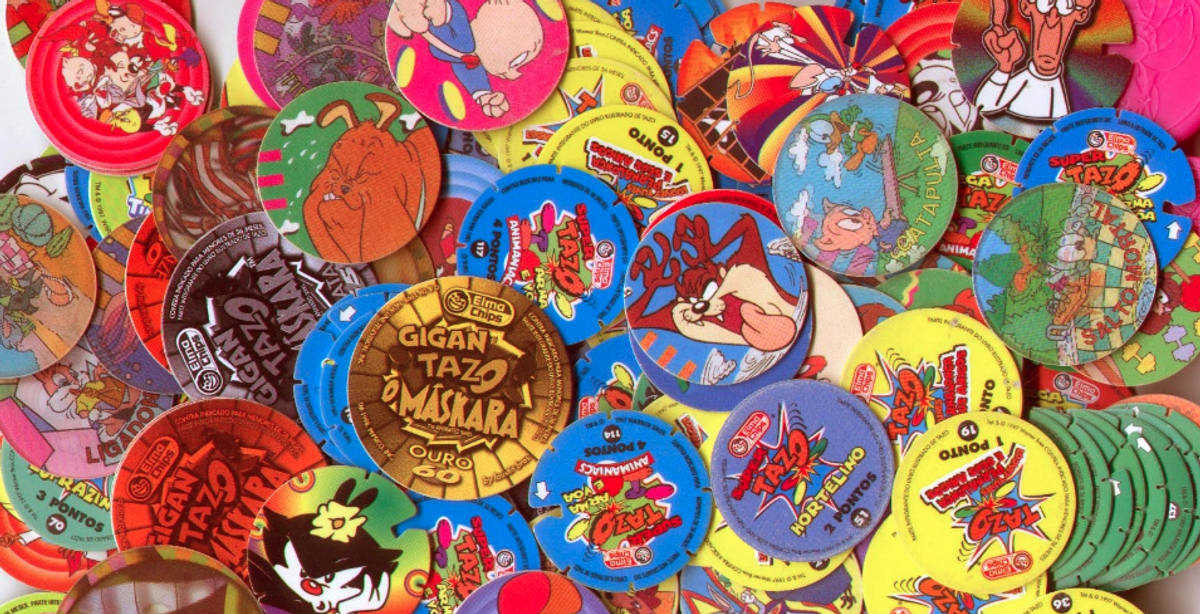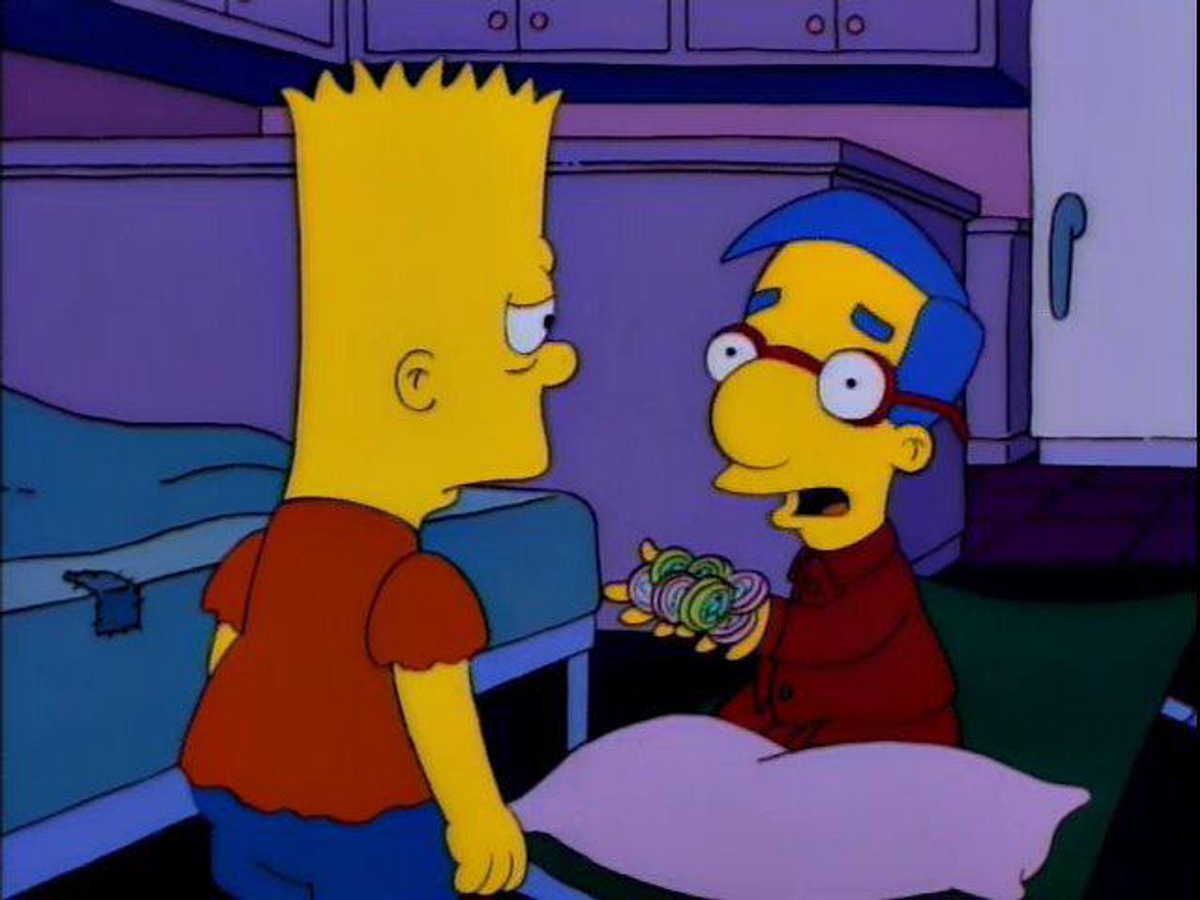From the Assistant Principal

Art of the (school yard) Deal
I saw them again this morning. Green folders held tightly in the grip of some of our students. Soon, the schoolyard will be a full-blown frenzy of footy trading cards once more.
Footy cards were around when I was in primary school, but they were never a craze like they tend to be here at NLPS. Pokémon was released when I was in Grade 5, and YoYos were in for a bit, but when I think about schoolyard fads of the 1990s, I think of Tazos. Remember them?
They came in packets of chips (encouraging kids to eat a packet of Burger Rings or Twisties was very much a ’90s thing) and were traded or won through a game that involved throwing, flipping, and slamming them on top of each other - where players tried to flip their opponent’s Tazo through pure skill, luck, or a well-practiced technique that involved just the right amount of force.
I remember their popularity grew and grew until, like so many primary school crazes, they were banned. There was a legitimate reason, of course. The Grade 6s would nonchalantly walk through games that younger students were playing, with Blu-Tack attached to the bottom of their shoes, stealthily swiping Tazos as they went. They left behind a trail of tears and confusion - devastated Grade 2s clutching empty hands where their prized Tazos had once been, while the culprits walked away with an ever-growing stash.
Times haven’t changed too much because ‘Trading cards’ seem to be an annual article in the newsletter.
I don’t want to lead a school where banning things is the only solution. Because while there are problems that arise year in and year out when students start bringing footy cards, or pokemon cards, or whatever new thing Woolworths or Coles release to encourage parents to shop with them, inevitably making its way into school, there are also benefits to trading cards in the school yard.
I’ll try and be balanced, but I’m sure you’ll find my reliably unreliable bias creeping through again.
For starters, let’s talk about cost. Collecting trading cards isn’t cheap, and for some families, it’s just not an option. A few packs here and there add up quickly, and the whole system is built to encourage spending - more packs, more chances at that elusive rare card. While many students only bring in the cards that they’re happy to trade or stick to swapping their doubles, there’s always a risk that this trading culture creates a bit of a divide - those with the latest, shiniest cards and those without.
Then there’s the emotional toll. Trading is a high-stakes game in the eyes of a primary schooler. Someone makes a trade in the heat of the moment, only to regret it instantly. Tears, arguments, accusations of trickery - teachers have seen it all. And of course, the classic “I’ll bring the card tomorrow” deal that results in one student empty-handed, swearing they were robbed, while the other conveniently forgets any such arrangement.
And yet… despite the chaos, there’s a reason these crazes keep coming back.
There’s real value in these playground economies. Kids learn negotiation skills, how to assess value, and how to make a deal. They figure out social dynamics - who’s trustworthy, who drives a hard bargain, who always seems to get the best trades (and maybe shouldn’t be trusted). It’s a crash course in fairness, persuasion, and at times, disappointment.
Beyond the wheeling and dealing, these crazes create connection. Collecting gives kids a shared language, a way to make friends, a reason to strike up a conversation with someone they might not usually talk to. The lunchtime footy card frenzy is a beautiful thing - students huddled together, animated, passionate, and engaged in the timeless Art of the (school yard) Deal (that’s the first time I’ve quoted Trump… I won’t make a habit out of it).
So, will there be problems? Absolutely. Will some kids lose cards, feel hard done by, and storm off in frustration? Definitely. But there’s also something special about these cycles of excitement, this annual ritual of collecting and trading, winning and losing, laughing and learning.
For now, the footy card craze is just beginning. Let’s see how long it lasts this time.
Mat Williamson
Assistant Principal & Always paying overs for whatever North Melbourne card you have in your collection


